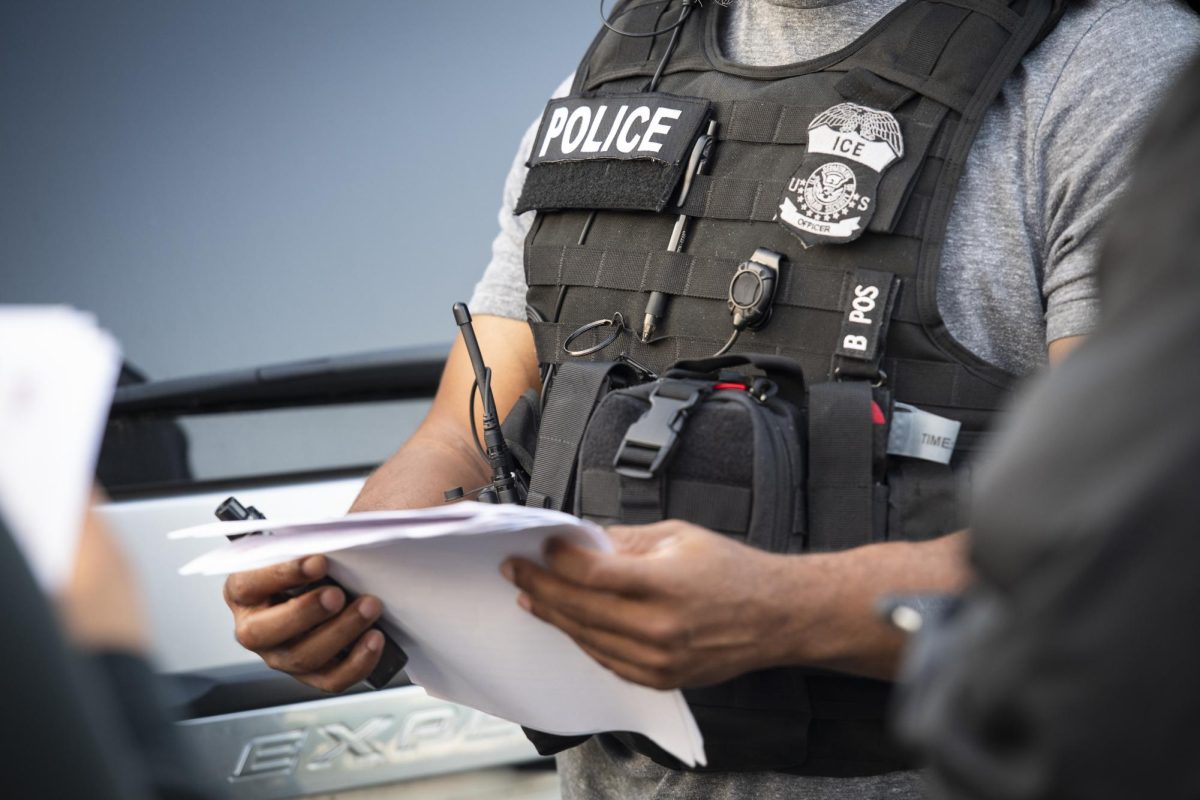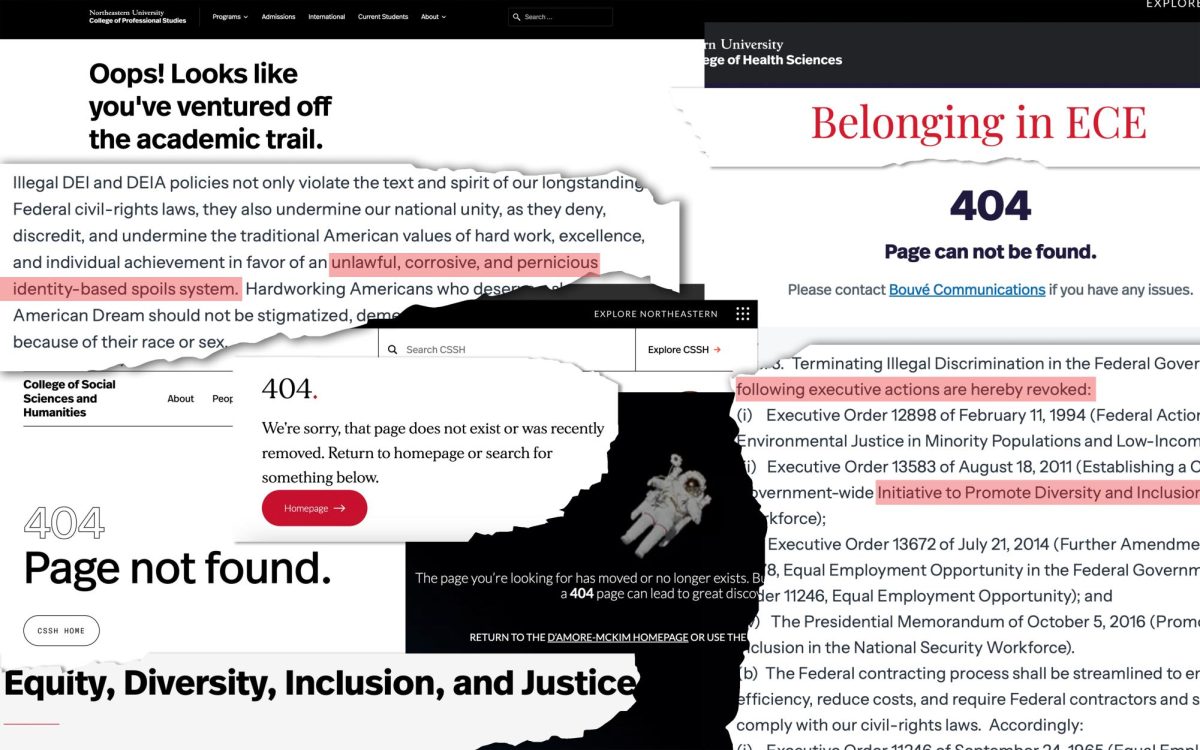A woman walks down an empty street, late at night, by herself. She has a bottle of pepper spray in her backpack, her cell phone in her pocket and her keys in her hand so she can use them as a weapon, if necessary. She is completely aware of her surroundings. But what if she is not prepared enough? What if a passerby attacks her?
Many women, myself included, walk down the street at night and are afraid. But why do women feel unsafe? The large number of abuse cases reported each year might be a likely culprit.
Guys, if a girl asks you to walk her home late at night, even if she lives close by, do it. She doesn’t need a specific reason to feel unsafe. She just wants the extra support of having someone else walkwith her. Girls, please don’t take a chance: always walk in groups.
When most people think about abuse, they usually think of a woman being raped by a stranger. But another form that sometimes goes without as much attention is domestic violence and relationship abuse, which are usually committed by someone the victim knows.
Not all domestic abuse is male to female and, of course, there is female to male and even same sex abuse. But it’s likely that male victims do not come forward as often because they think being abused by a woman makes them seem less masculine. And keep in mind that violence in same sex relationships is just as common as in heterosexual relationships.
Domestic violence is an issue that affects more people than one would think. According to the American Institute of Domestic Violence, at least 5.3 million women are abused each year. While these numbers are high, many more cases go unreported. The institute also claims people are more likely to be attacked by someone they know than by a stranger.
At a speech given last summer by a prosecutor from the Boston Assistant District Attorney’s office, much of the discussion focused on domestic violence, and also acknowledged the many cases of rape as a cause for concern. The prosecutor made it very clear that domestic violence and rape are both about power and control.
In one segment, she discussed how the abuser in domestic abuse cases takes control of his or her victim. The abuser uses intimidation, emotional abuse, threats, isolation, coercion and blame to make the victim feel badly about him or herself. The abuser then makes it so he or she is the victim’s whole world. This way, the victim has no other person to turn to for support.
It is difficult for victims of domestic abuse and dating violence to see a way out of the relationship. They have many reasons for not leaving, including fear, thinking they deserve the abuse, having nowhere else to go, being embarrassed, believing it is their own fault, relying on the abuser economically, still loving the abuser and so on.
In the August issue of Cosmopolitan magazine, there was a list of things a woman can do if she thinks a friend may be in a violent relationship. The list included tips like voice your suspicions and make her aware you are worried about her safety. Also, give her the facts about abuse and how to get out of the relationship by providing her with pamphlets and tips that can easily be found on the Internet.
Another important tip is to stay a part of her life regardless of her insistence that she is fine. The abuser will often make the victim cuts him or herself off from those around her so that she will have nowhere to turn when the relationship turns sour. But if the victim has a friend to turn to, maybe he or she will be able to get out of the abusive relationship.
Domestic violence does not only happen in marriages. It can happen to college-aged people in any kind of a relationship. So make sure your friends feel safe.
Join and support the newly formed Campus Center on Violence Against Women. They are ready and willing to support those in need. Recognize that women everywhere are in danger, even when they take the right precautions.
– Ashley Traupman can be reached at [email protected]









